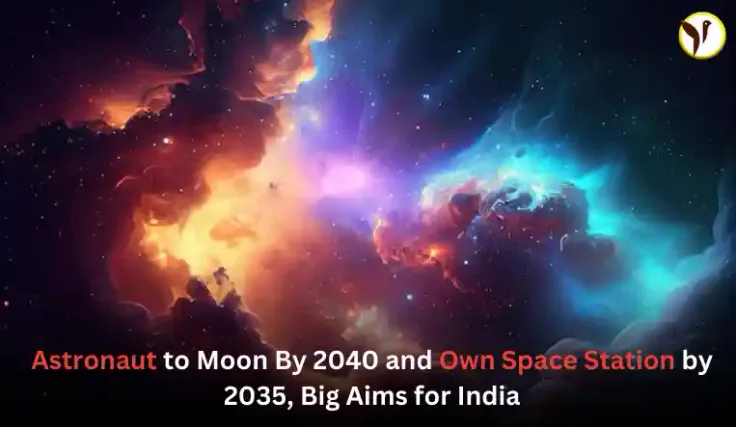In August, India achieved a significant milestone in its space exploration endeavors by becoming the first country to successfully land a spacecraft near the uncharted south pole of the moon. This achievement came shortly after a Russian mission had encountered difficulties in a similar endeavor, making India the fourth nation to achieve a soft moon landing.
In a recent development, the Indian government has unveiled ambitious plans for its space program. Prime Minister Narendra Modi has set forth a directive to send an Indian astronaut to the moon by the year 2040. Additionally, he has instructed the country's space department to work towards the establishment of an Indian Space Station, named 'Bhartiya Antriksh Station,' by 2035.
Following the successful lunar mission, India has further demonstrated its space capabilities by launching a rocket dedicated to the study of the sun. In the near future, the nation is scheduled to conduct a critical test as part of its crewed space mission.
These visionary goals and directives from Prime Minister Modi signal India's determination to expand its presence in space exploration. The Department of Space has been tasked with creating a comprehensive roadmap for lunar exploration to bring these objectives to fruition. Furthermore, PM Modi has encouraged scientists to explore missions to Venus and Mars, underscoring India's growing prominence in the global space arena.
Also, Read, Hamas Alleges 500 Casualties in Gaza Hospital Airstrike, Israel Denies Involvement







